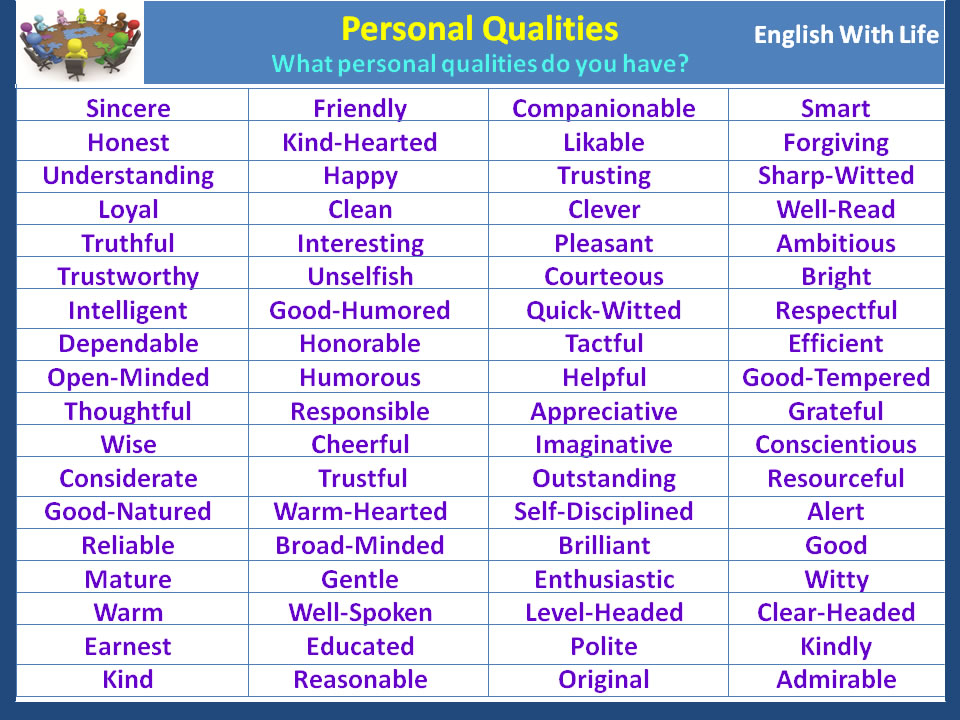
#Example of my checklist traits update#


#Example of my checklist traits verification#
Do form fields within web pages and documents have appropriately coded labels and prompts, and do they provide helpful, accessible error and verification messages?.Does video have captions and audio description? Does audio have a transcript?įor details, see our Audio and video page.Are common regions of the web page properly identified (e.g., as banner, main content, or navigation)?.Are lists used to identify all content that can be described as a list of something?.Do headings form an outline of the page content?.Make content and controls perceivable by all users. These overview pages also include links to techniques pages related to specific technologies.įor a checklist of items specifically related to digital documents (e.g., Word, PDF), see the Documents section of our website. Links in the following sections lead to pages that provide an overview of each issue. Many of the items in this checklist apply to multiple technologies (e.g., websites, documents, videos, online courses, online meetings). In order to be accessible, content must be perceivable, operable, understandable, and robust (POUR). It is organized loosely using the four main principles of WCAG. Our intent in creating it is to present accessibility information in a way that we feel is easier to understand. It was created to assist the UW community, including web designers, developers, content creators, and purchasing agents, in creating accessible content and procuring accessible applications.


The following checklist is based on the W3C’s Web Content Accessibility Guidelines (WCAG) 2.1, but is not a substitute for the WCAG specification.


 0 kommentar(er)
0 kommentar(er)
